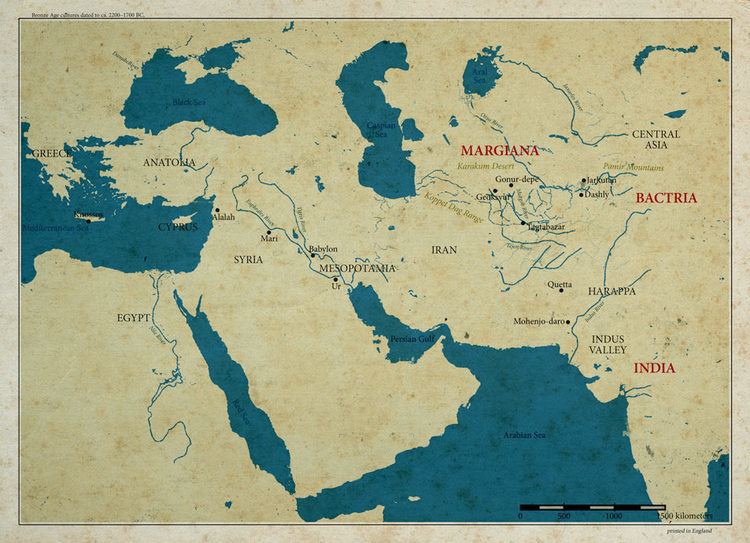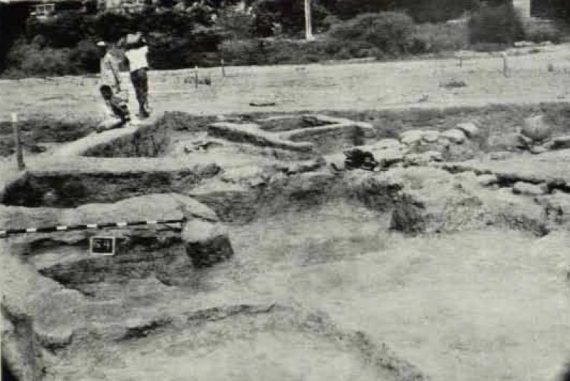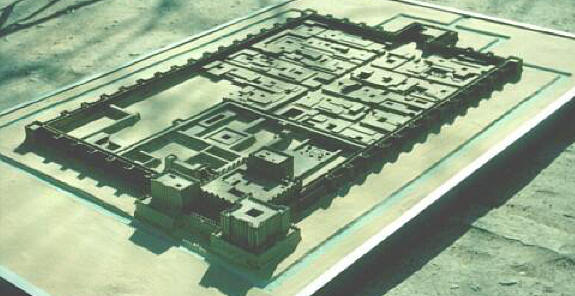Reference



Reference



OpenAI's Answer
The Gandhara Grave Culture and the Bactria-Margiana Archaeological Complex (BMAC) represent two distinct archaeological cultures with different characteristics and geographical locations.
Gandhara Grave Culture
- Location: This culture is primarily located in the Swat Valley and Dir Valley of northwestern Pakistan.
- Time Period: The graves of this culture date from the mid-1st millennium BCE to the beginning of the Common Era, according to some sources. They were discovered in the early 1960s.
- Characteristics: The Gandhara Grave Culture is characterized by protohistoric cemeteries with a variety of burial practices. Most graves contained a small number of artifacts, often less than five items, with pottery being a common find.
- Cultural Associations: It has been suggested that this culture might be related to early Indo-Aryan populations.
For more information, you can explore this source on ResearchGate.
Bactria-Margiana Archaeological Complex (BMAC)
- Location: This complex was centered on the upper Amu Darya (Oxus River) region covering parts of modern-day northern Afghanistan, eastern Turkmenistan, and southern Uzbekistan.
- Time Period: Flourishing during the Middle Bronze Age, it is dated approximately between 2300-1700 BCE.
- Characteristics: Known as the Oxus Civilization, it features fortified urban centers with elaborate palaces, temples, and cemeteries. Artifacts from this culture include ornamented scepters, wine cups made of silver and gold, and figurines, often with influences visible from Elamite culture.
- Significant Sites: Gonur, known for its urban phase and fortified sites, and other areas show indications of advanced socio-political structures.
Further reading can be found on Wikipedia.
In conclusion, the Gandhara Grave Culture is more focused on burial practices and its ties to migration patterns in South Asia, whereas the BMAC represents a more advanced Bronze Age culture with complex urban architecture indicative of the Oxus Civilization. Both reflect diverse ancient cultural dynamics in their respective regions.
Follow Up
Related
What are some examples of type-values and token-values as per Søvik and Eikrem?
What role did Joe Kearney have in the Western Athletic Conference from 1980 to 1994?
What are the challenges in standardizing languages with multiple dialects?
What led to the execution of Sourigna Vongsa's eldest son?
Which sports have both men's and women's teams from the United States?
What is the story behind 'Two Seconds' and her interactions with Eun-pyo?